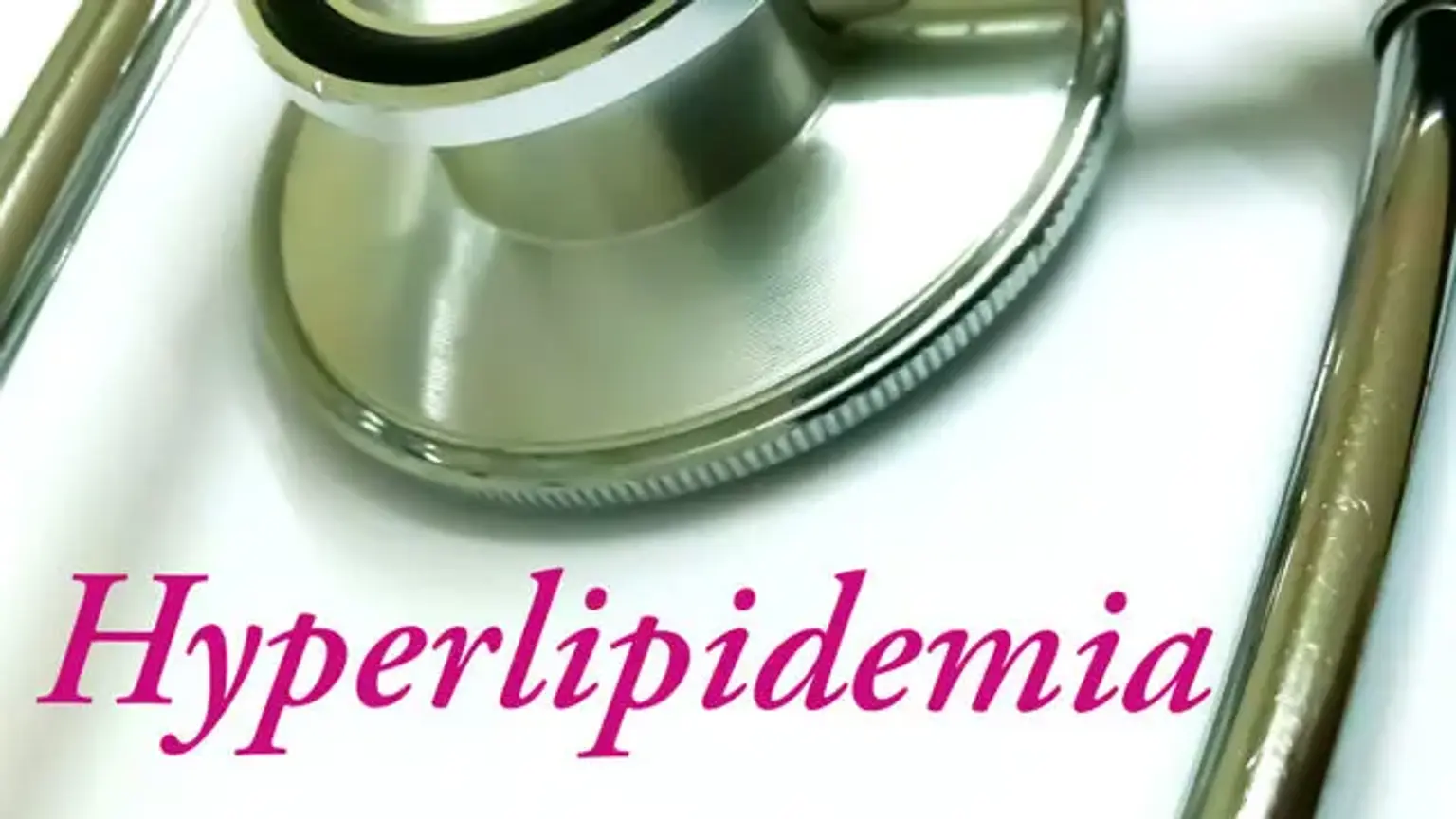Hyperlipidemia (hypercholesteremia)
Overview
When it comes to cholesterol, it's critical to understand your numbers. Hyperlipidemia is characterized by an excess of lipids (or fats) in the blood, such as cholesterol and triglycerides. These fats can penetrate the artery walls and raise your chance of developing atherosclerosis (artery hardening), which can lead to stroke, heart attack, and the need for amputation. If you smoke, or if you have or develop diabetes, high blood pressure, or renal failure, your risk of atherosclerosis increases.
